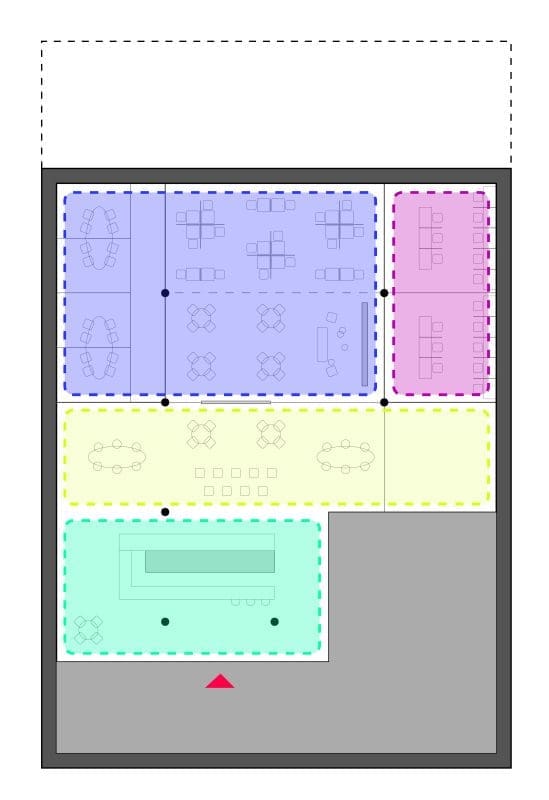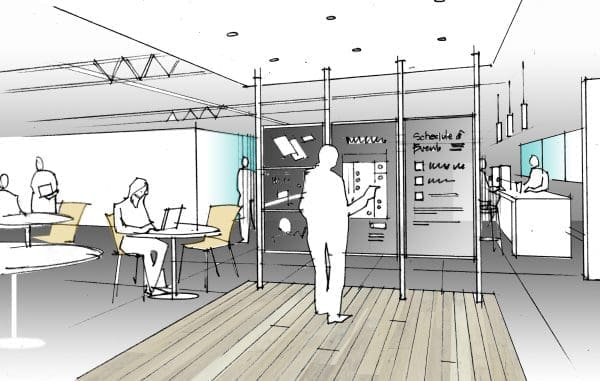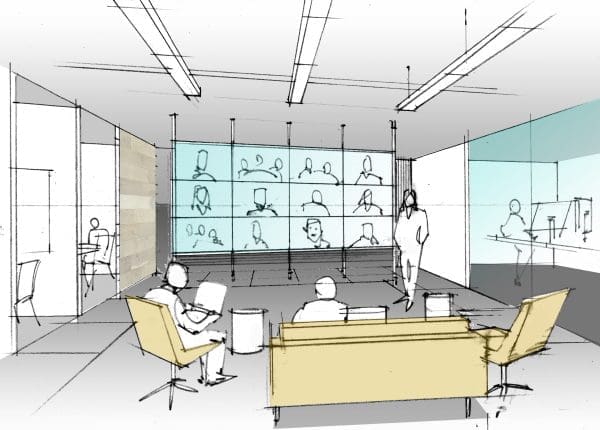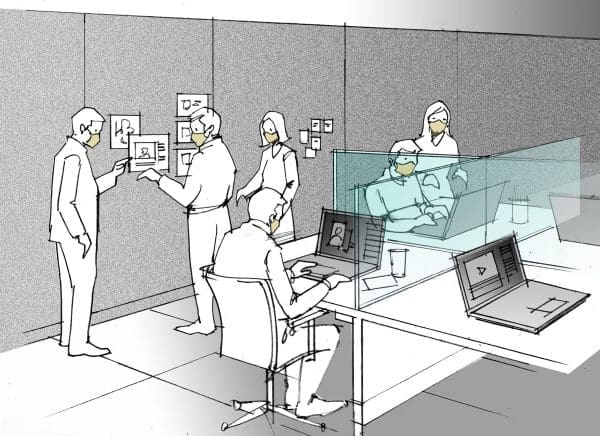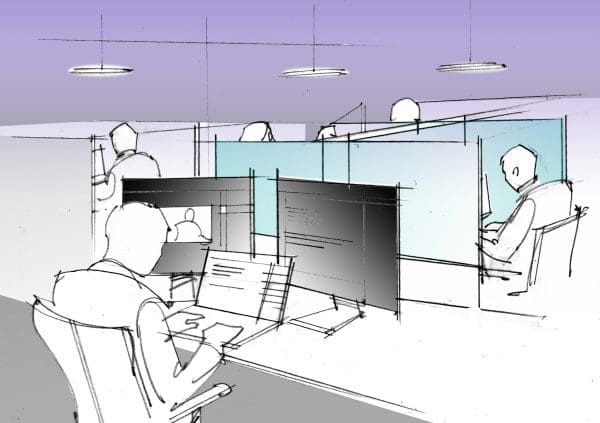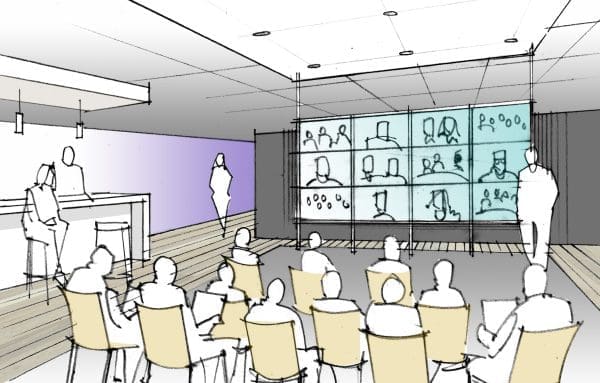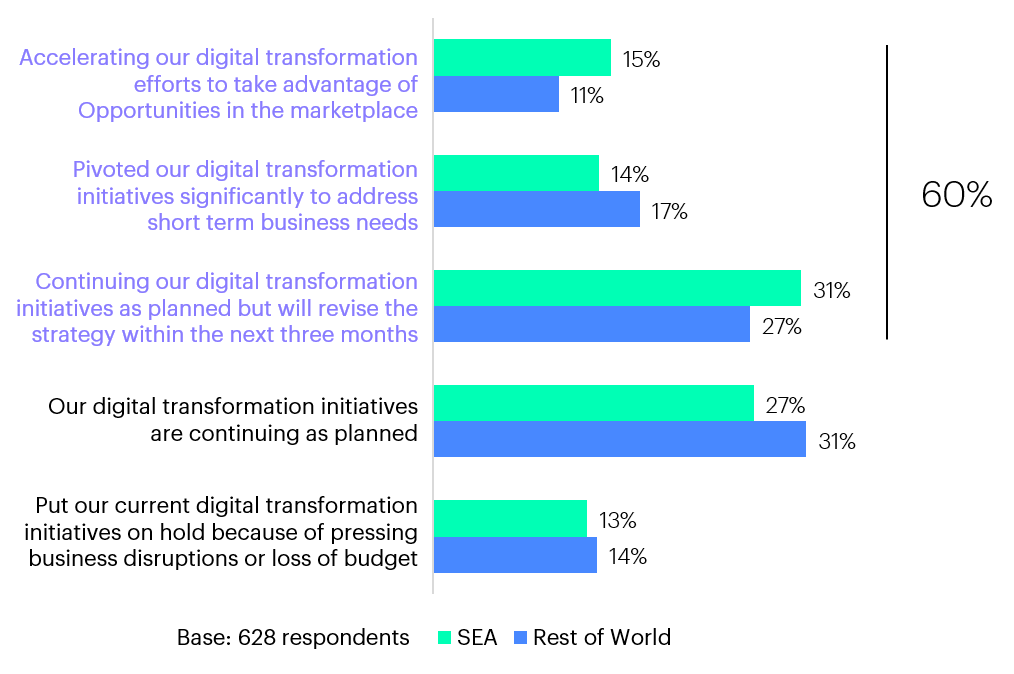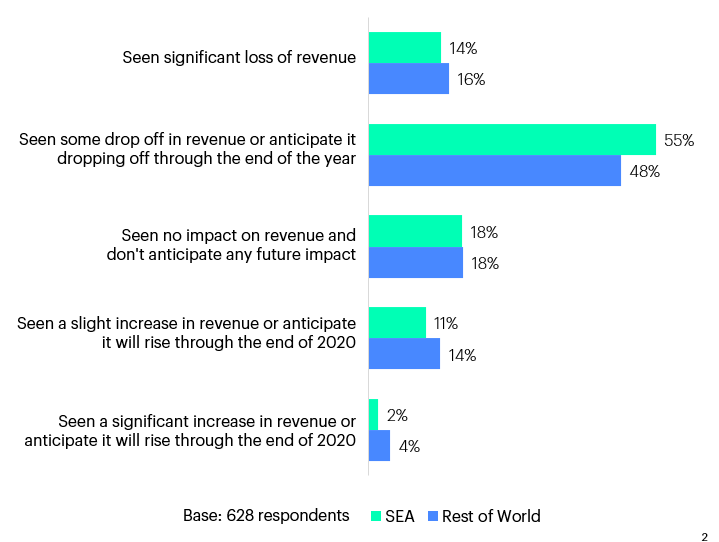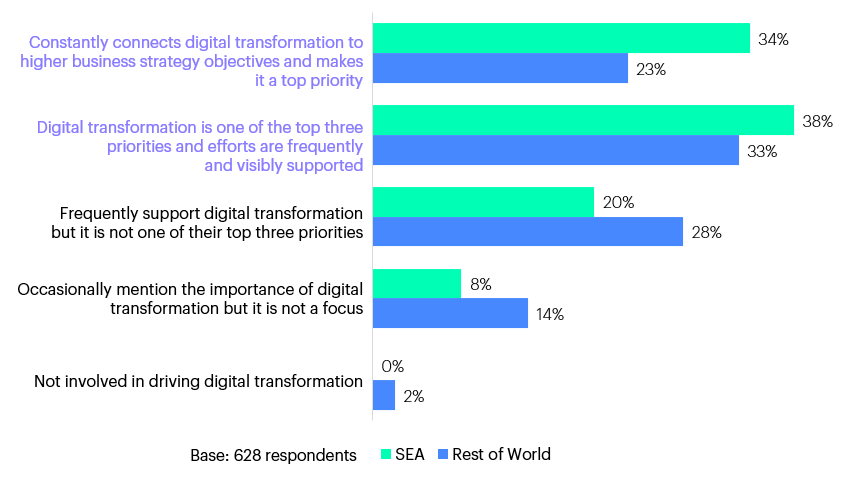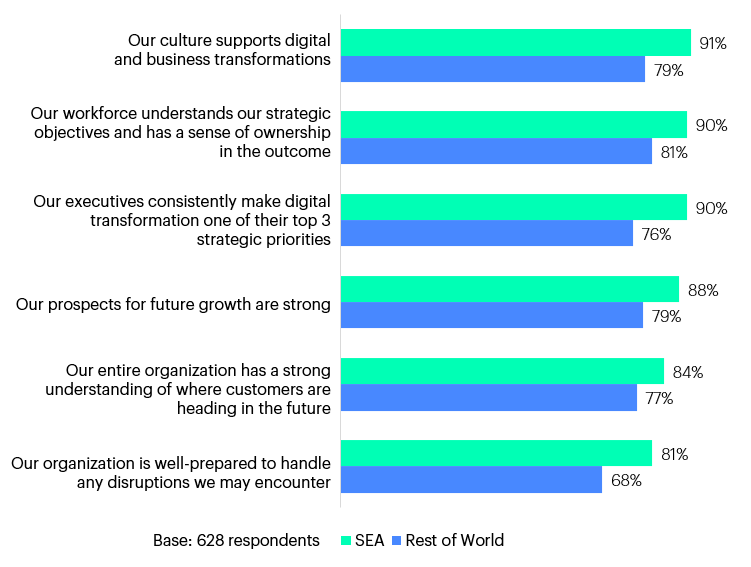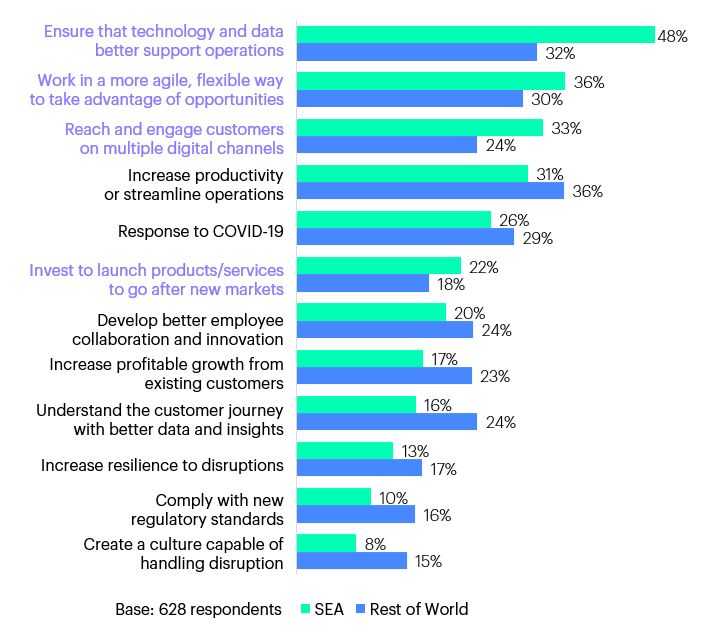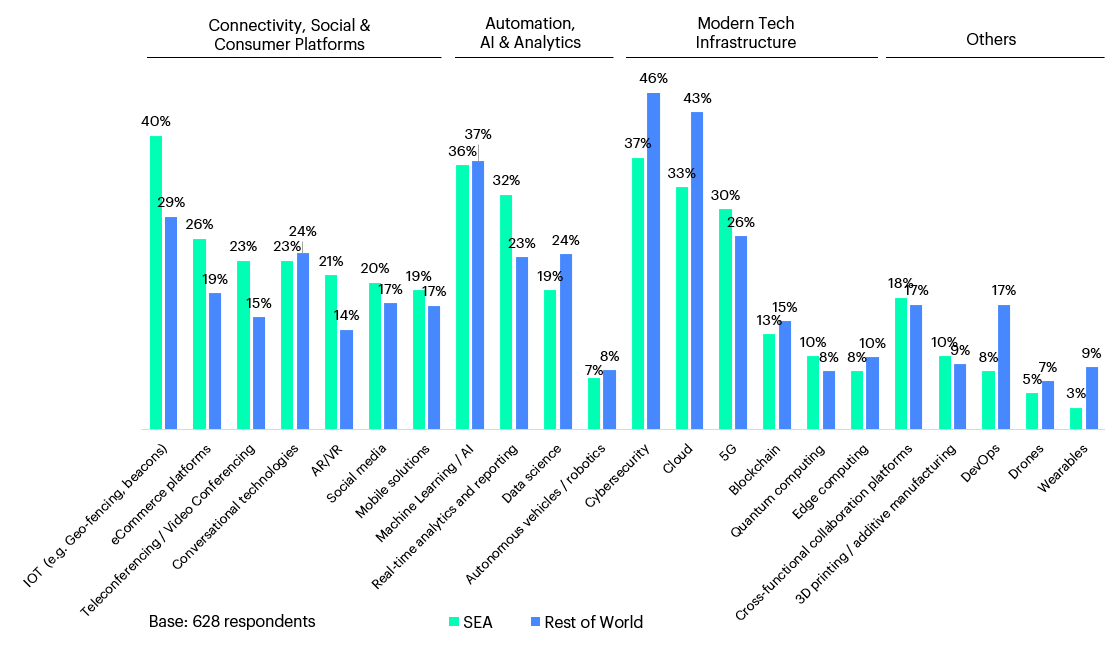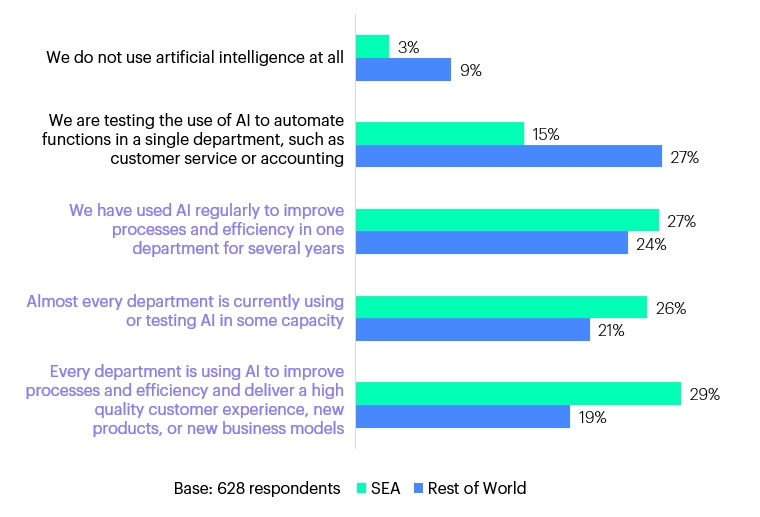BLOG
Four Healthcare Trends to Watch in 2021
Why healthcare companies may never be the same.
Because 2020 torched so many assumptions in the healthcare and life sciences universe, making predictions about the year ahead feels a little like tempting fate. And while the odds are good (at least one would hope) that ’21 will be less tumultuous, four trends are likely to continue their rapid acceleration.
Each of these changes was well underway before anyone had heard of COVID-19. But as the pandemic sparked massive shifts in regulations, priorities, technology and consumer expectations, they took off–and will continue to do so in the coming months.
“We need to build out a digital continuum with the use of automation to seamlessly escalate someone from an asynchronous e-visit, to a video virtual visit, to an in-person visit.”
Diagnostics and Services Go Home
After years of building vast multidiscipline medical campuses, systems are looking to decentralize, with more lab tests moving from provider offices to people’s homes. Brands like Cologuard pioneered home testing.
And such companies as Abbott Laboratories and Ellume Health are getting into the game with kits that detect the COVID-19 virus and antibodies. Others include Let’s Get Checked, which detects kidney disease, and Tyto, a device that makes it easy for parents to diagnose ear infections and sore throats while CVS is conducting clinical trials to offer dialysis to patients at home.
This healthcare trend will continue to go mainstream, only as a matter of convenience. Once people are aware that they can get reliable test results without having to brave the doctor’s office, they’ll expect more.
Redefining the Care Continuum
Telemedicine exploded last year, and that will continue. But the best care comes not from thinking about whether care is delivered digitally or in-person but how it’s all sewn together into a single experience. “We need to build out a digital continuum with the use of automation to seamlessly escalate someone from an asynchronous e-visit, to a video virtual visit, to an in-person visit,” says Nick Patel, MD, Chief Digital Officer of Prisma Health.
Look for providers to back away from the approach of handing patients off from one care point to another. Instead, they will seek newer, better ways to link and unify the complete care experience. As the multichannel experience goes from drawing board to reality, there will be a growing realization that high-quality patient experiences are either made or broken in the cracks of this digital healthcare consumerism continuum.
Digital Selling Becomes More Human—and More Effective
Over the years, sales teams have resigned themselves to ever-decreasing direct contact with healthcare systems. And they’ve been investing heavily in digital selling tools to compensate. So, when COVID-19 triggered a drastic decline in in-person sales, they wanted to believe they were ready. But too often–digital tools aside–they were relying on outdated processes, thinking and talent. Yes, they have the technology to deliver targeted emails instantly. But that doesn’t matter if it still takes months to get internal approvals for their messages.
It’s clear that virtual sales calls are here to stay, with SERMO reporting that 84 percent of physicians are expecting more remote interactions. Smart companies are focusing on what they must do better. Remote calls, for example, are 20 percent shorter than in-person visits. And what providers want more than anything – at 55 percent–is information about new products.
The most modern selling organizations are changing the way they microsegment audiences, creating targeted digital content for every audience’s customer journey. Of course, this stepped-up content approach is technology-driven (and often requires hiring a new type of sales professional.) But the real change enabling it is at the human level, with an appreciation of speed and an increase in empathy.
Reinventing the Employee Relationship
The basic “deal” between employers and employees–what each expects to get out of the relationship–is undergoing a rapid shift. The ability to work remotely is part of the equation. While many providers have to be on-site, others–administrators, procurement specialists and even hands-off providers, like radiologists–can work from the comfort and safety of their homes.
And that’s changing recruiting and retention because it means, at least potentially, that someone could take a job hundreds of miles away without having to leave their home.
And all that is occurring at a time when awareness of the importance and perils of healthcare peaks. Even as doctors and nurses are leaving the field in record numbers, medical schools are fielding more applications than ever in a trend they’re calling “The Fauci effect.” Many fields are regaining luster they haven’t seen since the days of Jonas Salk.
Organizations are redefining the employee value propositions, looking for ways to build and improve their cultures, providing engagement opportunities that are as meaningful for remote employees as they are for those who work in person.
FINAL THOUGHTS
Even with cases rising and the cost implications of the pandemic building, expect the most agile healthcare companies to find new ways to enrich the patient and customer experience, meeting changing demands and expectations. While 2020 was chaotic in many ways, the months ahead offer many opportunities for innovation and growth.
Contact our healthcare team today to learn more about driving consumer-led transformation for your organization.










